The Science Behind Onetahi Manuka Honey
Nestled in New Zealand's diverse landscapes is the Manuka tree, or Leptospermum scoparium, a resilient marvel of nature. Thriving in every corner of New Zealand, from rugged hills to lush valleys, the Manuka tree is a survivor, often the first to rise from the ashes of a fire or reclaimed land.
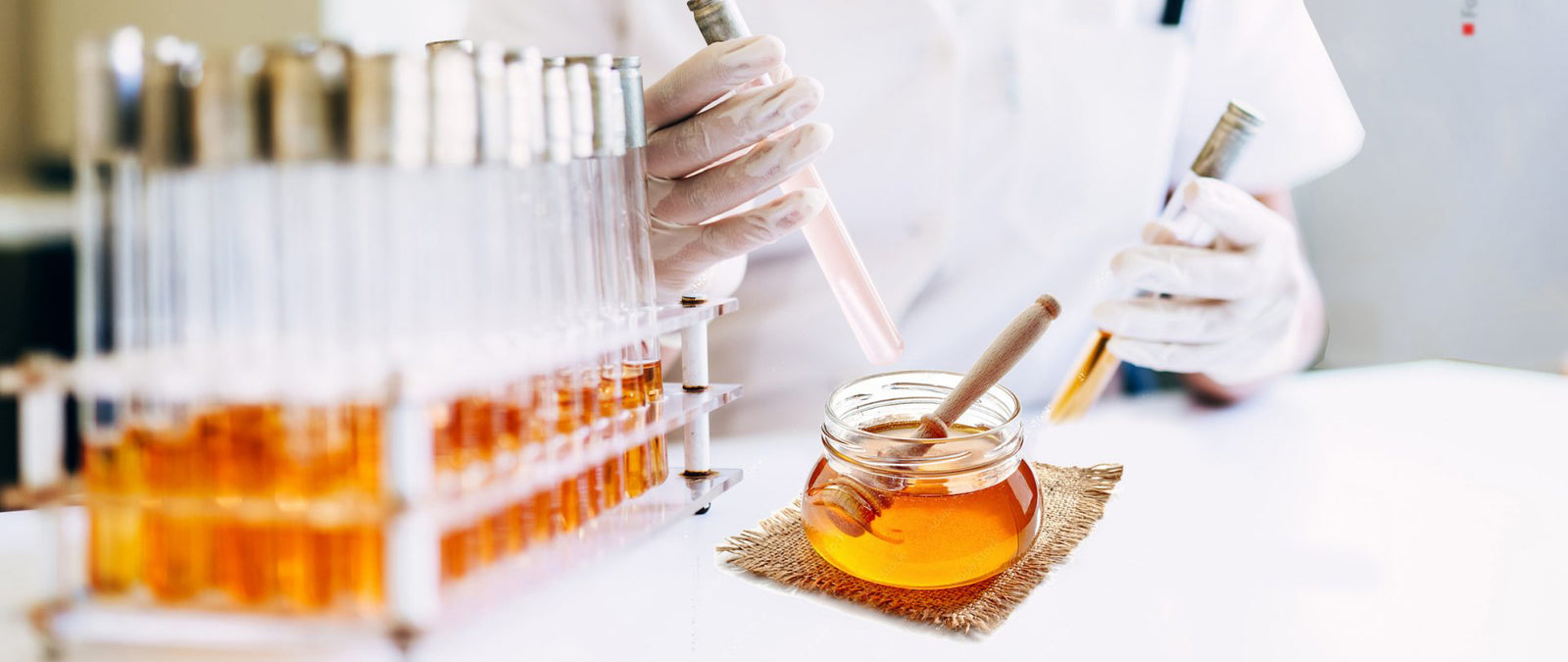
The Rare Harvest of Manuka Honey
At Onetahi Manuka, the harvest season is a race against time and nature. With the Manuka bush flowering for just 4-6 precious weeks a year, we're all hands on deck to capture the essence of this fleeting bloom. Our battle isn't just against time, it's also at the mercy of Mother Nature. Rain or cold snaps can make or break a season. That's why we're always mindful, ensuring our bees have enough reserves to sustain themselves, reflecting our commitment to ethical beekeeping.
Meet the Honey Producers: The European Honeybee
While New Zealand is home to various bee species, the star of honey production is the European honeybee (Apis mellifera). This industrious bee, found globally except in the coldest climates, is the honey-making champion of the beehive. In our hives, there's a world of hierarchy and purpose. The queen reigns, laying eggs to sustain the colony. Worker bees, all females, are the hive's backbone, handling everything from foraging to nurturing the next generation. The males, or drones, have one sole purpose - mating with the queen.
These worker bees are nature's alchemists. They gather nectar and transform it into honey through a miraculous process involving enzymes in their honey sacs. The honey is stored and thickened to perfection at the hive, aided by the bees' tireless fanning. At Onetahi Manuka, we don't just produce honey, we're custodians of a natural wonder, a process honed over millennia, and a product as unique as its source. Welcome to the world of Onetahi Manuka honey, where science, nature, and tradition blend into a jar of pure, golden goodness.
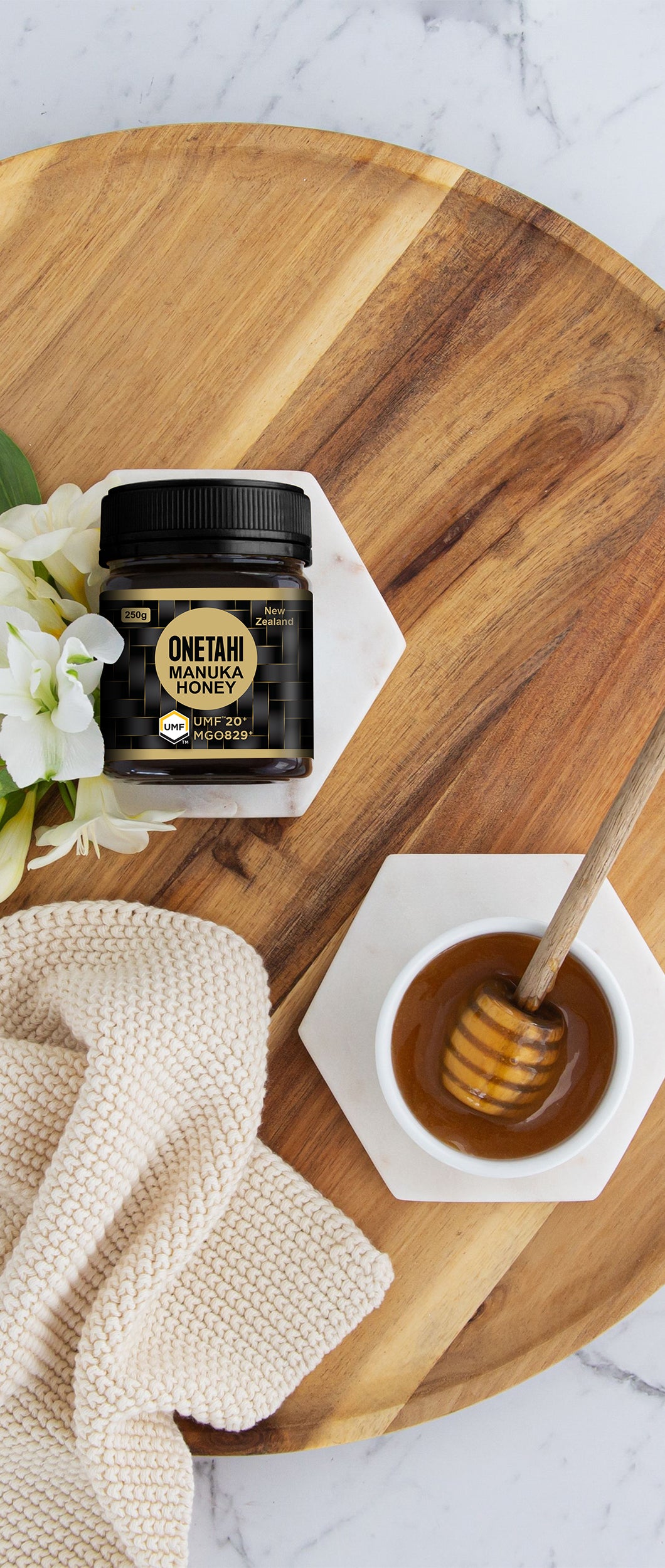
Unveiling the Mystery of Manuka Honey
Picture a scientist driven by curiosity and a quest for discovery. This was Dr. Peter Molan, a renowned New Zealand biochemist who embarked on an extraordinary journey in 1981 to unlock the secrets of Manuka honey. His focus was the honey's antiseptic properties and its potential as a healing agent for wounds.Dr. Molan's groundbreaking research highlighted Manuka honey's significant non-peroxide antimicrobial activity, differentiating it from other honey. Fast forward to today, and Dr. Molan's findings have been validated and expanded upon. Scientists now understand that harmful bacteria can't outsmart Manuka honey's antibacterial prowess.
Manuka honey emerges as a beacon of hope in an age where antibiotic-resistant bacteria pose significant health challenges, its high non-peroxide activity is recognized as a potent weapon against stubborn infections, offering a versatile alternative in the medical field.
However, Dr. Molan's discoveries continued beyond antibacterial properties. He also noted Manuka honey's unique ability to promote the balance of beneficial bacteria in our bodies. This balance is crucial for overall health, highlighting Manuka honey's role beyond infection control.
Manuka Honey: A Multifaceted Marvel
The applications of Manuka honey continue to amaze the medical community. Its effectiveness against skin infections like acne and sinusitis is just the tip of the iceberg. Ongoing studies delve deeper into its bioactivity, exploring its potential for digestive health and anti-inflammatory benefits.Manuka honey isn't just a sweet treat, it's a hive of health possibilities. Authenticity in Every Spoonful But not all honey can wear the Manuka label. Authentic Manuka honey from New Zealand must pass stringent tests to verify its origin and quality. For multi-floral Manuka honey, these tests are twofold:
1. Chemical Test: This involves verifying the presence of specific chemicals like 3-phenylacetic acid, 2'-methoxy acetophenone, and others, each at particular levels.
2. DNA Test: The test confirms the DNA level from Manuka pollen, ensuring its authenticity.
These tests ensure that when you get a jar of Manuka honey, it's the real deal, packed with all the benefits nature intended. Onetahi Manuka honey isn't just a product, it's a promise of purity backed by science and tradition. The Onetahi Manuka Assurance In Onetahi Manuka, we don't just promise excellence, we guarantee it. Our technical team employs a rigorous multi-lab testing process to ensure the data on our products is accurate and unimpeachable.
Every batch of Onetahi Manuka honey undergoes independent testing at labs accredited by International Accreditation New Zealand (IANZ), one of the most respected bodies in the field. But we continue beyond just one test or one lab. Our commitment to quality drives us to test each batch in not one but at least two, and often more, accredited laboratories.
This redundancy is our way of going the extra mile – to ensure that what's on the label is in the jar. Our manufacturing technology is state-of-the-art, and our testing methods are as stringent. This is the culmination of over 30 years of experience creating and exporting natural dietary supplements and honey. At Onetahi Manuka, we're not just making honey, we're crafting a legacy of quality and trust. Each jar symbolizes our dedication to delivering nothing but the best.
Propolis Science
Propolis: Nature's Ingenious Bee-Made Compound
Propolis, often called 'bee glue,' is a wonder of the bee world. Bees create it by combining tree sap, the
lifeblood of trees carrying essential nutrients and sugars, with their secretions. The propolis itself tells a story — derived from the Greek 'pro,' which means defense, and 'polis,' which means city- reflecting its use as the hive's protective shield.
A Time-Honored Natural Remedy
The history of propolis as a natural remedy is rich and storied. Ancient civilizations, including the Egyptians, Greeks, and Romans, recognized its medicinal properties. Even Hippocrates, the renowned 'Father of Medicine,' endorsed propolis for various treatments.
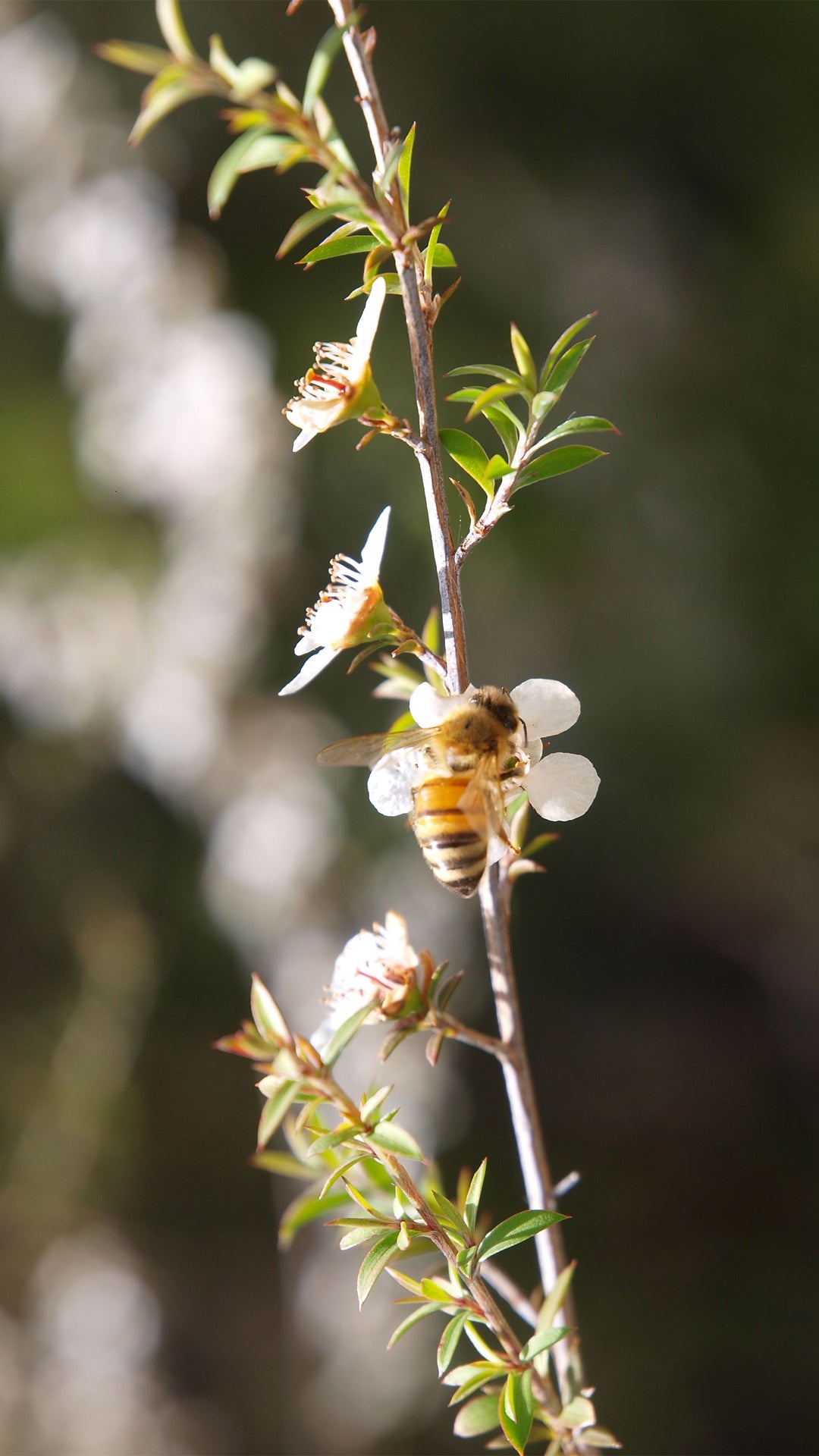
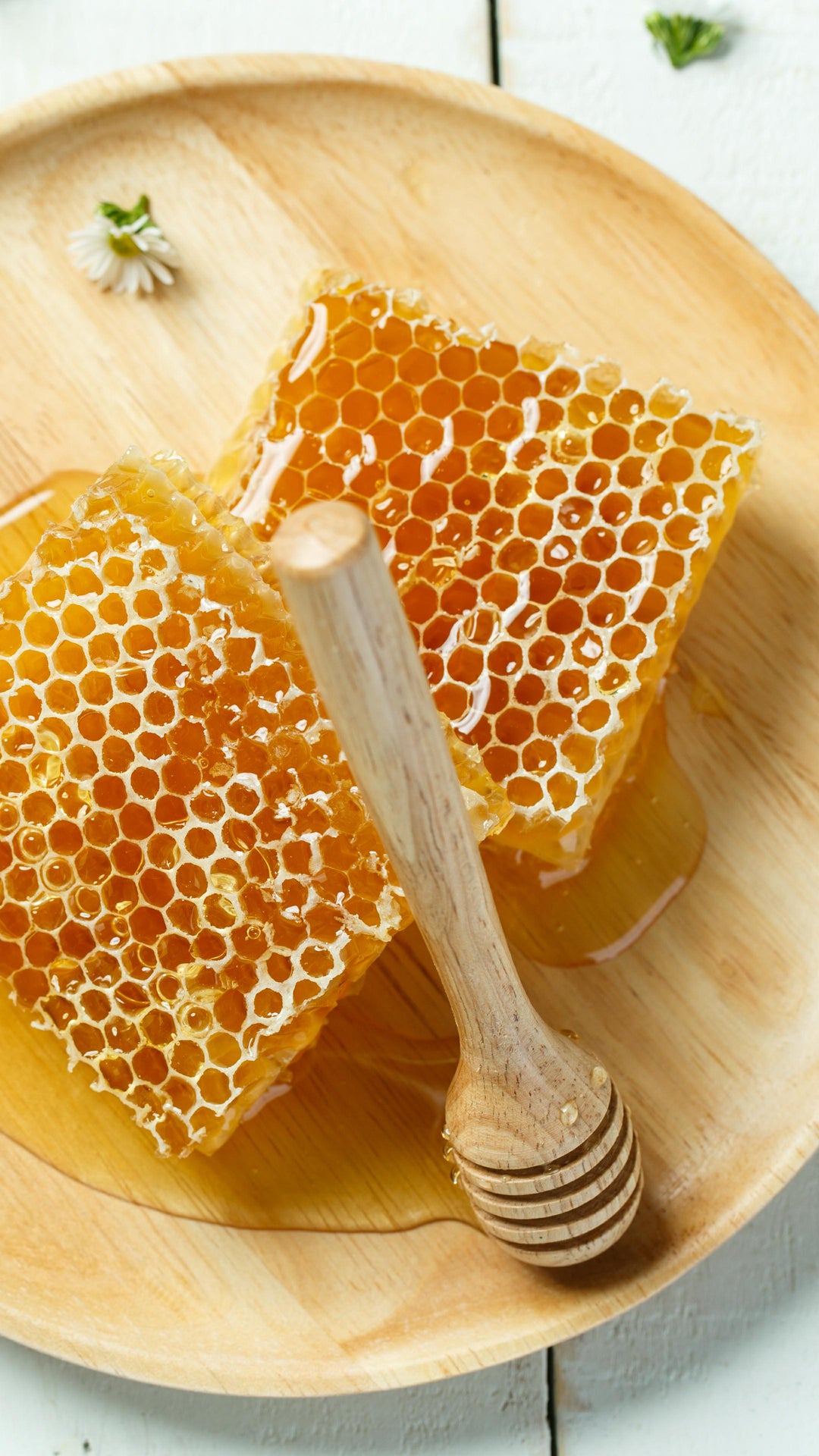
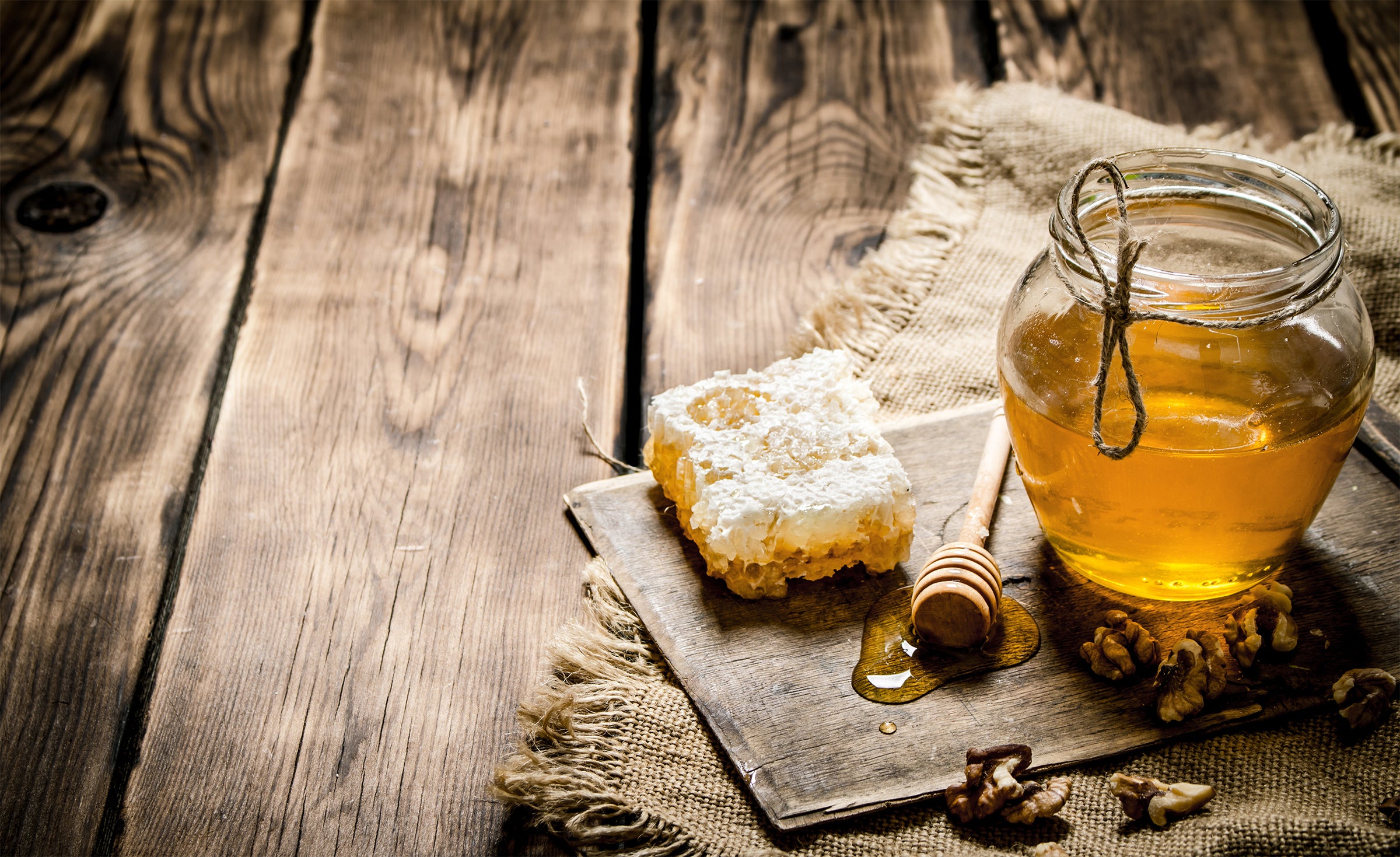
Guarding the Hive
The Multifaceted Role of Propolis
In the hive, propolis is much more than just a building material. It's a multifunctional substance that bees use
ingeniously. They apply it to seal cracks and fortify the hive's entrance, making it more defensible against intruders. Propolis is vital in maintaining the hive's internal temperature at an optimal 35°C, which is essential for the
colony's survival.
Propolis: Nature's Health Defender
Propolis strengthens cell walls and ensures the hive's environment remains sterile. Its natural antimicrobial properties are crucial in inhibiting the growth of bacteria and fungi and providing antiviral defense, keeping the colony healthy and thriving.
A Natural Powerhouse
The world is waking up to the incredible properties of propolis. This natural substance, used for centuries in traditional health practices, is now gaining recognition through modern scientific research for its significant health-supporting qualities.
A Scientific Perspective on Propolis
Researchers are diving deep into propolis's capabilities. Laboratory studies reveal that it possesses antimicrobial and immunostimulant effects, making it a potent ally in health and wellness. Its role in dental care is also being explored, adding to its impressive list of benefits.
Gastrointestinal and Immune System Support
One of the remarkable properties of propolis is its impact on the gastrointestinal system. It's known to foster a balanced microbe composition in our gut, which is vital since our gut represents about 70% of our immune system. This relationship with gut health can be critical for managing bacterial and viral infections and bolstering our body's natural defenses.
Accelerating Wound Healing
Propolis isn't just about internal health, it's also used extensively in wound care. It aids in fighting infection, stimulates new cell growth, and accelerates the healing of external wounds. This natural aid in the body's repair process showcases propolis's
versatility in health support.
Bioavailability: Extract vs. Raw Form
While raw bee propolis has immense benefits, its bioavailability — the ease with which our body can absorb nutrients — is relatively low. This is where propolis extract comes in. More digestible and absorbable, the extract form ensures that the body can take full advantage of propolis's health-promoting properties.
The Power of Flavonoids in Propolis
Flavonoids, nature's vibrant defenders, are at the heart of propolis's remarkable properties. These polyphenols are plants' protective armor, and they're abundant in foods renowned for their antioxidant qualities — think fruits, green tea, and even red wine.
Flavonoids: Colorful Warriors Against Oxidative Stress
It's in the most vividly colored superfoods — blueberries, spinach, apples — where flavonoids shine brightest. These compounds are not just about color, they're crucial in regulating cellular activity and combating free radicals, pesky oxidative stress agents. In layperson's terms, flavonoids are like your body's efficiency experts, safeguarding it from daily toxins 'and stressors. Their antioxidant prowess protects against harmful molecules, possibly lowering the risk of chronic health conditions.
Antioxidants: The Body's Natural Defense Boosters
Our bodies are natural antioxidant factories, but we can boost this production. We ramp up this defense mechanism by including flavonoid-rich foods in our diet — like dark chocolate and various fruits, especially berries. And let's not forget propolis products, a treasure trove of flavonoids.
Incorporating these antioxidant powerhouses into your diet is a simple, effective way to support your body's health and resilience. At Onetahi Manuka, our propolis products are not just a sweet addition to your pantry, they're a potent source of flavonoids, ready to support your wellbeing with every spoonful.

